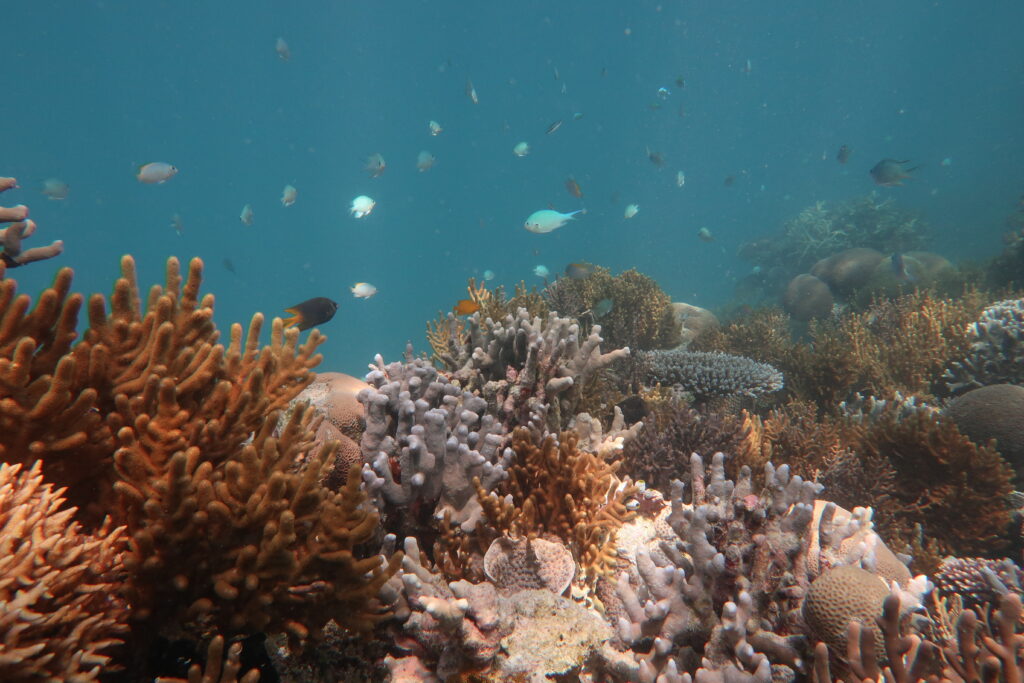The potential of using DNA to measure the environment

eDNA is a simple and game-changing way to monitor the natural environment. It can be used to detect the presence of a particular fish species on a reef.
eDNA is a simple and game-changing way to monitor the natural environment. From samples of water, soil, or air we can sequence DNA fragments shed by plants or animals and map their distributions without seeing them.
This means accurate, fast, cost-effective, safe and consistent measurements of biodiversity and surveillance of pests.
Using eDNA and other DNA-based diagnostics relies on reference libraries of DNA sequences (‘DNA barcodes’) which are used to match eDNA fragments found in the environment to the species that shed them.
But we know the DNA barcodes of only a small fraction of Australia’s 700 000 plants and animals.
This means that during eDNA surveys, many species go undetected because their eDNA can’t be matched – they are “dark taxa”.
This long-standing global problem is now solvable using a world-leading technology created by CSIRO.
Read about our initiative to establish a National Biodiversity DNA Library.
